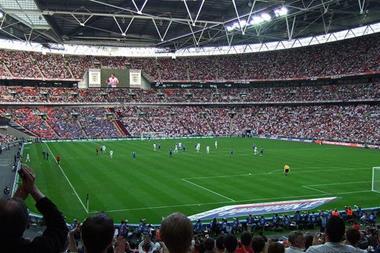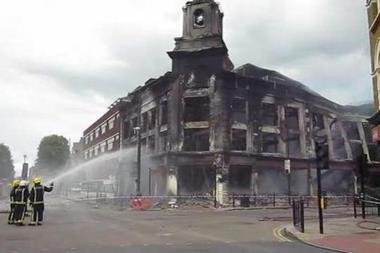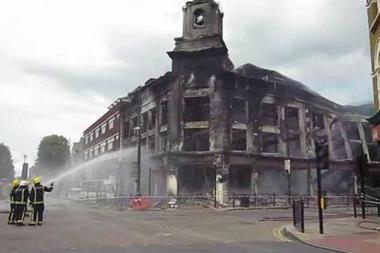Insurers should be cautious of pushing for government help or price rises following this week's riots
Insurers could technically offload a proportion of their UK riot claims onto the government if the Home Office gives the events the appropriate official definition.
However, the industry might be wise not to fight its corner too fiercely if the government opts for a milder definition for some of the events, which seems likely, thus leaving the bulk of the burden with insurers.
Counting the costs
Understandably, many participants are reluctant to give even rough loss estimates for a situation still in flux. A picture is nonetheless starting to emerge.
Some estimate that the bill for the damage and disruption so far could be as high as £500m, incorporating property damage and business interruption. Some have put the costs even higher, though judging by the current estimates for the biggest losses, it appears unlikely at this stage.
Property damage will undoubtedly make up a large portion of the overall bill, but business interruption should not be ignored, particularly as some buildings will have to be torn down and rebuilt, which could put companies out of action by between 12 and 18 months.
Knock-on effects
While the aggregate loss number is large, the individual claims, when spread between the various UK insurers, are unlikely to trouble senior executives too much. However, they could prove an impetus for price rises if the riots continue.
On the other hand, price rises will be difficult for clients to stomach if the industry recoups its losses from the government. Equally, cash-rich private companies going cap in hand to a cash-strapped government, particularly for a burden they could shoulder with ease on their own, could look very bad.
If insurers challenge a Home Office decision to label some events ‘violent disorder’ or ‘affray’ too vociferously, they could undermine any goodwill they build up by paying claims promptly, which many have pledged to do.






































No comments yet